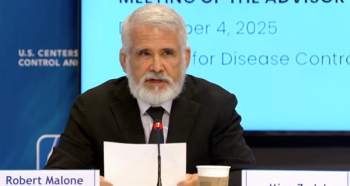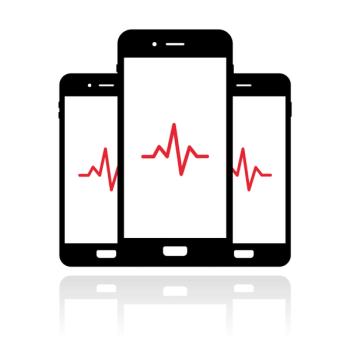
The digital Rx for burnout: transforming health care through strategic technology
It is time for heath care to leverage technology and patient-focused strategies to alleviate the pressures on primary care physicians.
Physician burnout remains a critical problem in health care, with nearly half of all physicians reporting symptoms of burnout in recent years. While there have been slight improvements, the challenges persist, particularly for primary care physicians. The American Medical Association (AMA)
Reducing burnout
The primary causes of burnout among physicians include overwhelming administrative burdens and demanding clinical workloads. The tension in patient-provider relationships, exacerbated by the COVID-19 pandemic, reduced
These factors leave many physicians and clinicians feeling underappreciated and unsupported, leading to high stress and job dissatisfaction.
For example, at PatientPoint, we have developed products designed to streamline and enhance workflows. These innovations offer physicians tools to have more effective conversations with patients in the exam room, instantly connect patients with the support resources they need and more easily keep themselves (and their staff) up to date on relevant medical information, therapy updates and industry news. These digital tools improve the workplace experience and well-being of health care professionals, which, in turn, enhances the overall quality of care provided to patients.
Enhancing patient engagement
The ability of physicians and clinicians to adapt to changing patient needs while preserving the essential human connection that defines health care will always be at the center of patient care. By leveraging technology to enhance
Effective patient engagement strategies are also critical to addressing physician burnout. By using technology to provide patients with the information they need to make informed decisions at the point of care, physicians can foster a more collaborative and supportive environment. For example, the introduction of interactive screens in the exam room gives physicians a tool to help them better communicate and visually demonstrate important health information. Imagine a physician showing a patient exactly where and how a blockage occurred, or visually demostrating how a procedure can help alleviate symptoms. Now imagine that physician sending that content to the patient directly from the exam room along with relevant health education to consume following the appointment.
When patients are well-informed, they are more likely to follow treatment plans, reducing the frequency of follow-up visits and, potentially descreasing the workload of physicians.
The battle against burnout is not just a professional mission for many of us in the health care industry. It’s a personal one, too. To effectively combat burnout, it is essential to continue developing and implementing
Looking ahead, PatientPoint will be among those introducing new innovations that promise to address physician burnout even more effectively – solutions to further streamline administrative tasks, enhance patient-provider interactions and provide advanced support systems tailored to the evolving needs of health care professionals and patients. By continuing to prioritize the well-being of physicians, we can build a more resilient and sustainable health care system for the future.
Newsletter
Stay informed and empowered with Medical Economics enewsletter, delivering expert insights, financial strategies, practice management tips and technology trends — tailored for today’s physicians.















